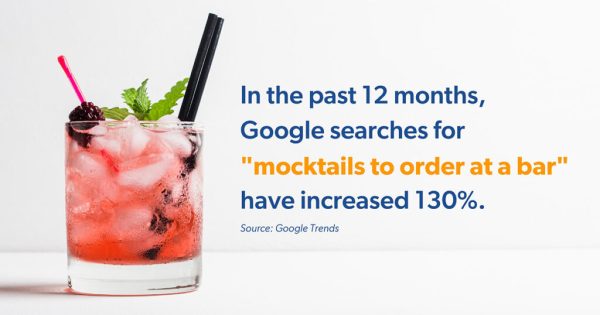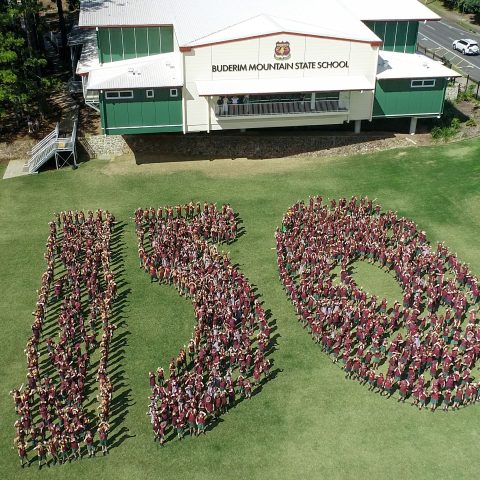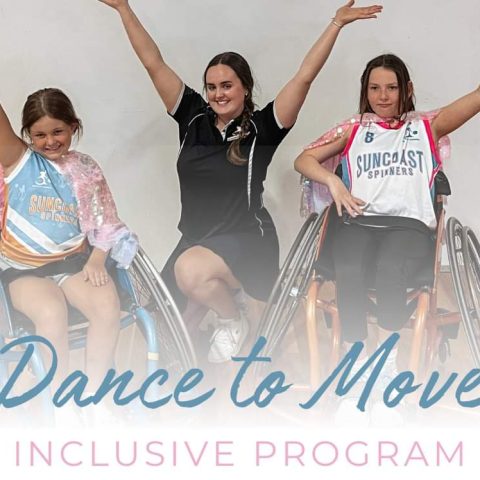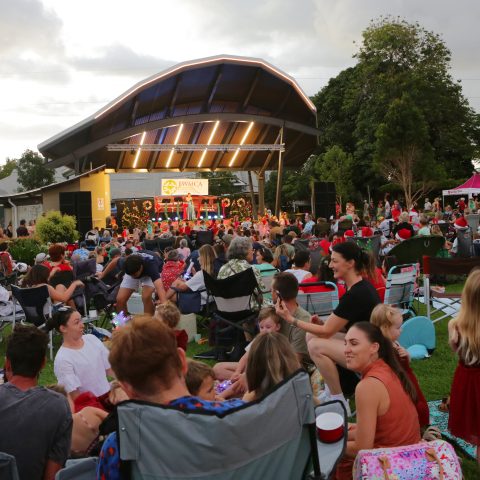Our PR Director, Michelle Smytheman, is passionate about helping emerging professionals in the communications industry and teaches at the University of the Sunshine Coast. As part of an assessment task this year, there have been some excellent blogs written by first-year students about emerging business trends. We are proud to share their work.
By Michelle Watts
For many Australians alcohol is a key part of the way they socialise, celebrate and connect. With a pub on most corners and a strong emphasis on mateship drinking is deeply entrenched into the Australian culture.
 In 2016- 2017 Aussies drank the equivalent to 186 million litres of pure alcohol, an astronomical amount one would think but according to the ABS (Australian Bureau of Statistics ) it was the lowest amount recorded since the 1960’s and Australian’s Youth are leading the charge towards abstinence.
In 2016- 2017 Aussies drank the equivalent to 186 million litres of pure alcohol, an astronomical amount one would think but according to the ABS (Australian Bureau of Statistics ) it was the lowest amount recorded since the 1960’s and Australian’s Youth are leading the charge towards abstinence.
The research has shown that patterns of alcohol use are influenced by familial connections, passed down for generations. Although Recent data suggests that many young people are drinking less than their parents or grandparents did or are choosing to abstain altogether lending to the idea that young people are more informed, health conscious and engaging in less risk taking behaviour whilst living a more meaningful lifestyle.
‘Mindful drinking is not completely removing alcohol altogether, but rather having ‘the choice’ to drink or not too’
Australia’s drinking culture has been described as a macro level practice. A renewed focus on health and wellness has bought about a significant change in the drinking landscape of Australia giving rise to the ‘Sober Curious or Mindful drinking movements.
This change in perspective really took off in 2018 when Ruby Warrington released her book titled’ Sober Curious: The blissful sleep, greater focus, limitless presence, and deep connection awaiting us all on the other side of alcohol” looking at reevaluating our relationship with alcohol and exploring ‘what life would be like without it’. The trend isn’t just changing how companies are targeting their consumers, it’s also shifting how consumers are socialising too. People want options. They want choice, they want availability which has sparked the rise of alcohol – free beverages by the dozen.
‘Non-drinkers found it frustrating, there was no non-alcohol beer at the pub’
Non-alcohol beer, wine and spirits has been around for over a decade, but production has really exploded over the last two years. An increase in non-alcoholic alternatives and the overall improvements to the taste and aroma of the product, has sent the Zero alcohol products flying off the shelves at extraordinary rates. Some people even preferring the taste and experience of the non-alcoholic menu, which is making it one of the fastest growing trends worldwide. It means people are still able to pair their favourite Shiraz with a well- seasoned cordon bleu and have the alcohol experience without the negative health effects.
With the ‘Sober Curious and ‘mindful drinking movement in full flight due to campaigns like ‘dry July’ promoting, abstinence and smashing some of the negative stereotypes around socialising sober. There has become an increased interest about drinking in moderation and is influencing people’s decisions to drink less and look for alternatives. Although the research still suggests that approximately 40 % of Australian men are consuming alcohol at levels in excess of current recommendations and 47% of Australians admitted they drink to get drunk, however lifestyles are changing and consumer choices are changing with it.
‘Criticisms of Alcohol Free’
Some studies have revealed that zero alcohol beverages may have the potential to reduce harm in relation to alcohol use due to the zero-alcohol content however not all studies reflect this mindset. Zero alcohol beverages are labelled and packaged similarly to their alcoholic counterparts however they are available and stocked in both supermarket and bottle-shops therefore possibly contributing to brand recognition of underage persons increasing awareness and acceptability of the alcohol brand amongst young people.
Alcohol consumption still remains a public health issue with it being the 6th leading cause of death of Australian people. Although Zero alcohol provides a great alternative for people choosing to moderate their drinking it is still being marketed as appropriate when alcohol is generally not socially acceptable (swimming, driving car, operating machinery) which then works to normalise it’s use. There is growing concern though that because zero alcohol mimics the taste and smell of alcohol that could make abstaining difficult for people with alcohol use issues, leading them straight back down the slippery slope.
Drinking motives are more likely to influence the uptake of zero alcohol but further research need to be conducted as to whether it truly is a gamechanger in our modern society.




